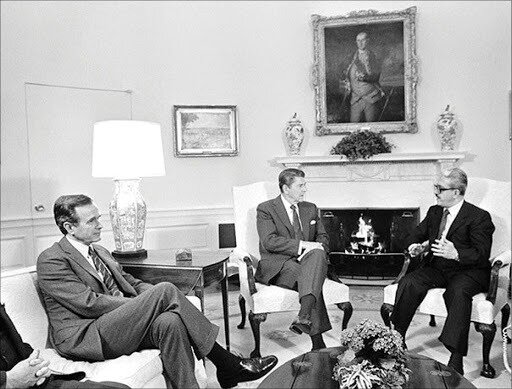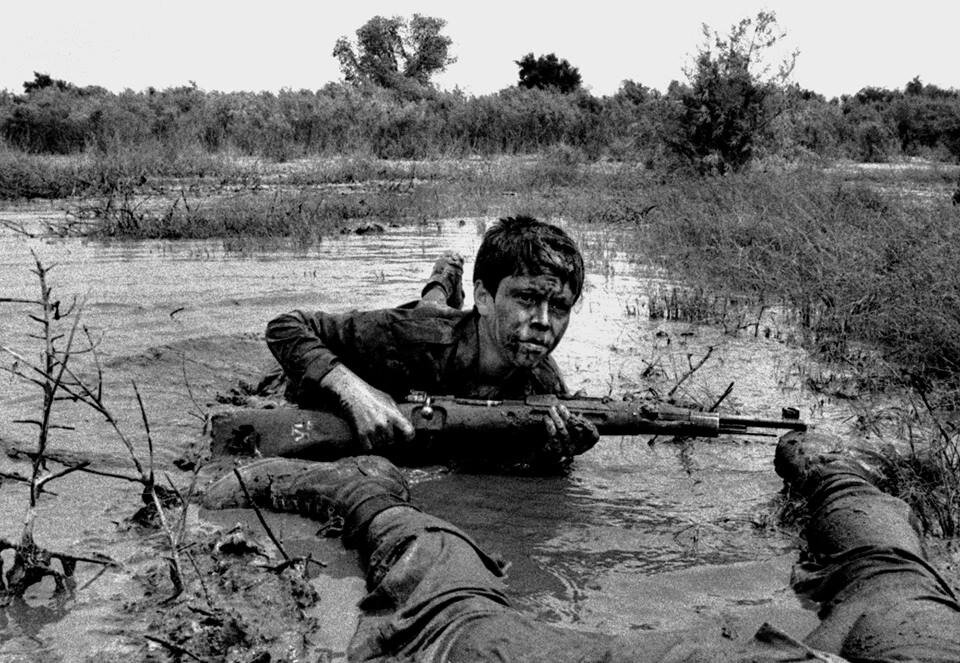05 October 2020
Antibodies in plasma from people who have recovered from COVID-19 start to disappear three months after the onset of symptoms, a new Canadian study has claimed.
The findings mean collecting plasma for treating COVID-19 patients should be done as early as possible, say the researchers. They also believe their work could have implications for vaccine design and for prevalence studies in communities trying to gauge how many people have recovered from the virus.
The small study, published in the journal Blood, follow 15 plasma donors in Québec who had donated plasma at least four times. The 11 men and four women had been diagnosed with and subsequently recovered from COVID-19, and none had been hospitalised.
They each donated their plasma between four and nine times, with the first donation occurring between 33 and 77 days after symptom onset and the last donation between 66 and 114 days.
All 15 donors showed decreases in antibodies at the same time, about 88 days after the onset of symptoms, and the detectable antibodies decreased by half within around 21 days after this point.
Study author Dr Renée Bazin, of the Héma-Québec blood centre, said it was one of the first longitudinal analyses to show that people who were seropositive can become seronegative.
“The antibodies disappear rapidly, so people recovering from COVID-19 who want to donate blood plasma should not wait too long once they become eligible to donate,” she said.
The researchers focused on antibodies to the SARS-CoV-2 receptor binding domain (RBD), which binds to the ACE-2 receptor on the surface of cells and allows virus to enter and infect the cell. The immune system can develop RBD antibodies that inhibit the protein’s ability to fit into and open the door through the ACE-2 receptor, thereby preventing the virus from entering the cells.
Dr Bazin said: “Based on our findings, clinicians should ideally use plasma that is collected early on after a donor’s onset of symptoms and check for the presence of antibodies before giving donor plasma to a patient.”
She added that while nearly 7% of their 282 convalescent plasma donors did not have detectable antibodies at their first donation, this proportion doubled to around 15% in donors who waited more than 11 to 12 weeks after symptom onset before donating.
Meanwhile, the UK convalescent plasma programme treated 220 people in September, it has been announced. In total 916 patients have received plasma as part of the RECOVERY and REMAP‑CAP trials. NHS Blood and Transplant is seeking to recruit donors 21 days after they recover from infection – and last week repeated its appeal for donors, especially men, who tend to have higher antibody levels.
Source: Perreault J, Tremblay T, Fournier MJ, Drouin M, Beaudoin-Bussières G, Prévost J, Lewin A, Bégin P, Finzi A, Bazin R. (2020) “Waning of SARS-CoV-2 RBD antibodies in longitudinal convalescent plasma samples within four months after symptom onset.” Blood, doi: 10.1182/blood.2020008367










